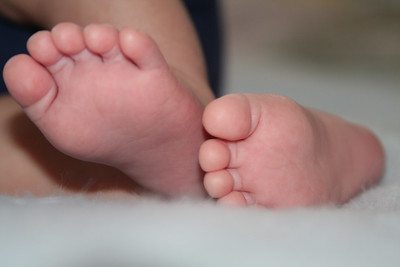There’s been a lot of handwringing about the birth rate and what it means for college enrollment in the coming years. The year-over-year birth rate in Michigan has declined 22 times between 1990 and 2021. But looking at the historical enrollment trends puts a slightly different spin on the issue.
According to data compiled by the Bureau of Labor Statistics, in 1994, 61.9% of recent high school graduates (ages 16-24) enrolled in college. By 1997, this number had climbed to 67%. Four years later, the enrollment of recent high school graduates in post-secondary institutions dropped to 61.6%. Over the next two decades, college enrollment among this age group has risen and fallen, peaking at 70.1% in 2007 and settling to 61.8% in 2021, which is pretty much where the enrollment rate was in 1994.
According to the National Center for Higher Education Management Systems, in 2018 about 65% of recent high school graduates enrolled in college immediately after high school. Typically, Michigan’s post-secondary enrollment rate by recent high school graduates is higher than the national average.
The enrollment rate of recent high school graduates is more important for four-year institutions than it is for community colleges. That’s largely because four-year institutions have a stronger appeal for recent high school graduates. The majority of WCC students fall in this age range, however a substantial proportion (42%) are 25 or older. If you eliminate the under-18 students (those who are presumably dual enrolled or WTMC students), that proportion increases to nearly 47%.
College administrators determine college enrollment trends
That blunts the impact of the birth rate decline. In real numbers, Michigan saw about 32,825 fewer births in 2021 than in 1994. During the same period, Michigan’s overall population increased from 9.584M to 10.05M. The takeaways here are that:
- Michigan’s population isn’t declining
- More than one-third of high school graduates do not enroll in post-secondary institutions
- Nearly half of WCC’s student body is 25 or older
There are opportunities to maintain or even increase enrollment in community colleges. Older students require different support mechanisms and need to train for higher-wage jobs because they likely have dependents. When community colleges start providing the kind of training and student support that appeal to older students, their enrollment will increase.
The birth rate suggests that community colleges will attract fewer recent high school graduates. If community colleges do not adapt to meet the needs of older students, they will simply continue the downward enrollment spiral they are currently on.
The US military has a discharge status known as “failure to adapt.” Generally speaking, it means that the service member lacks some facet (skill, discipline, aptitude) to succeed. In evolution, species that fail to adapt to changes in their environments go extinct.
Community college administrators can whine about their enrollment, or they can do something about it. Failure to adapt has some stunning consequences.
Photo Credit: Amy the Nurse , via Flickr



















